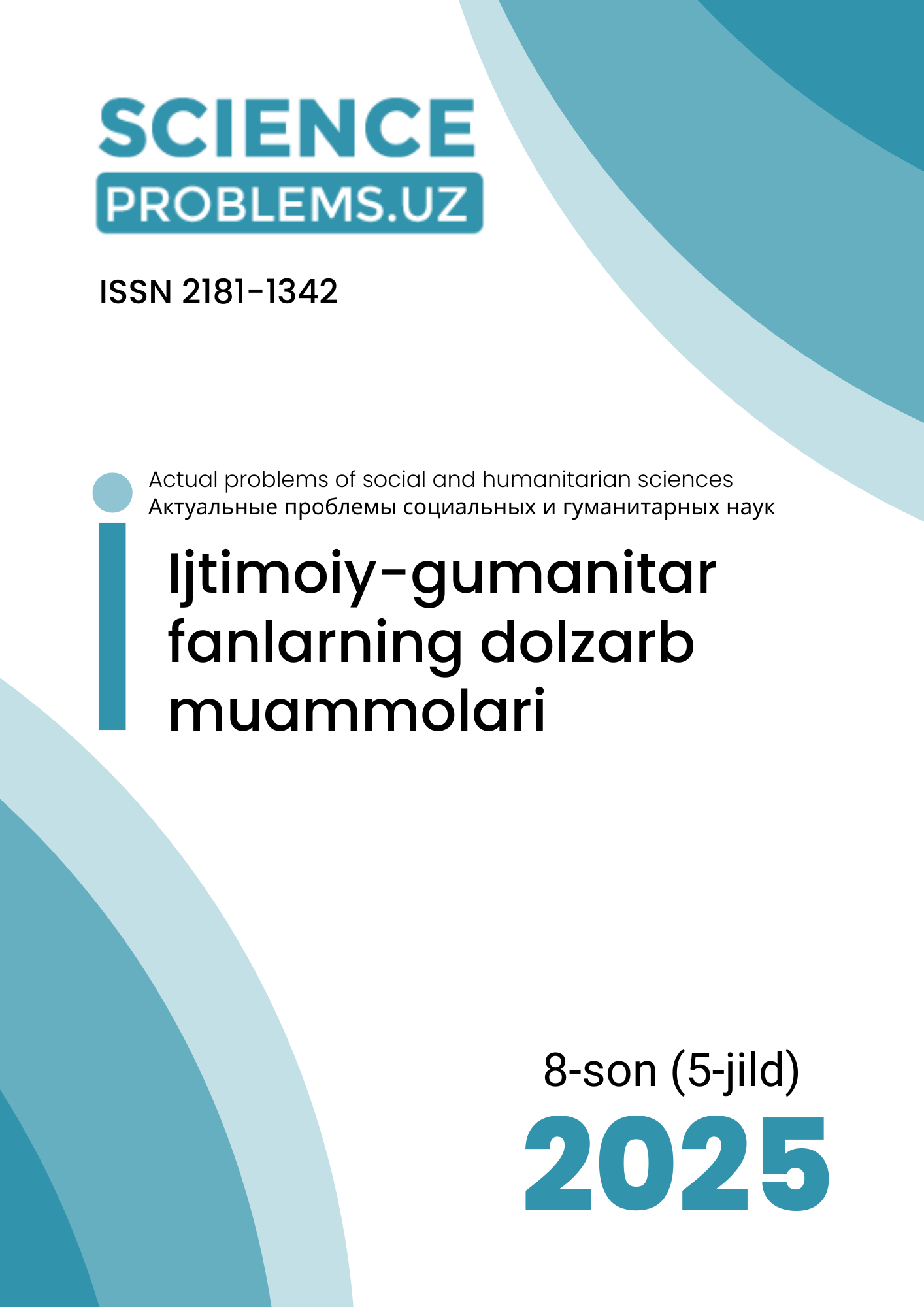THE IMPORTANCE OF THE ARDL MODEL IN ECONOMETRIC MODELING OF ENERGY RISK
DOI:
https://doi.org/10.47390/SPR1342V5I8Y2025N12Keywords:
Energy risk, ARDL model, econometric modeling, cointegration, short-term and long-term analysis.Abstract
This article examines the concept of energy risk and the need to analyze it through the lens of factors related to economic sustainability. In particular, dependence on energy imports, the volatility of global oil prices, and the growth rate of the national economy are considered the main indicators of energy risk. The possibility of assessing the short-term and long-term consequences of energy risks using the Autoregressive Distributed Lag (ARDL) model, which is one of the methods of econometric modeling, was studied.References
1. Pesaran, M.H. & Shin, Y. (1999). An Autoregressive Distributed Lag Modelling Approach to Cointegration Analysis. In: Strom, S. (ed.) Econometrics and Economic Theory in the 20th Century. Cambridge University Press.
2. Narayan, P. K. (2005). The saving and investment nexus for China: evidence from cointegration tests. Applied Economics, 37(17), 1979–1990.
3. Ozturk, I. (2010). A literature survey on energy–growth nexus. Energy Policy, 38(1), 340–349.
4. Sadorsky, P. (2009). Renewable energy consumption, CO₂ emissions and oil prices in the G7 countries. Energy Economics, 31(3), 456–462.
5. Apergis & Payne (2014). Energy consumption and growth: Panel ARDL Energy Economics, 31(3), 456–462.
6. Nkoro, E., & Uko, A. K. (2016). Autoregressive Distributed Lag (ARDL) cointegration technique: application and interpretation. Journal of Statistical and Econometric Methods, 5(4), 63–91.
7. Kumar, S., & Choudhary, S. (2021). Energy security and economic development: ARDL analysis in emerging economies. Energy Policy, 149, 112017.
8. World Bank (2023). Energy data and analysis. Retrieved from: https://data.worldbank.org
9. O‘zbekiston Respublikasi Statistika agentligi. (2024). Energetika statistik ko‘rsatkichlari. Retrieved from: https://stat.uz








